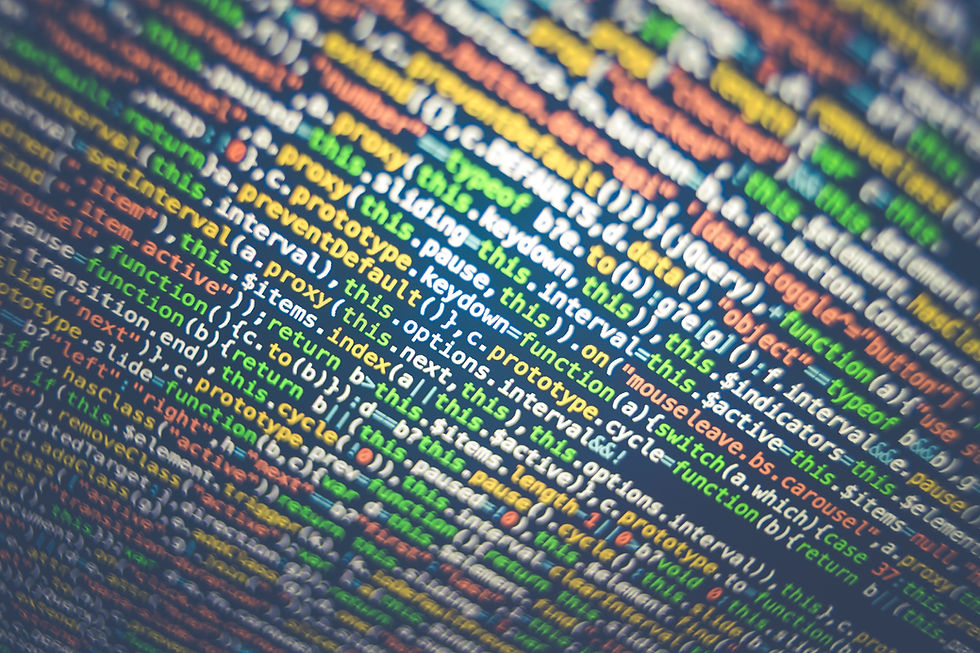Matching Your Tastebuds!
- Siddhartha Suresh
- Feb 12, 2024
- 3 min read
Updated: May 12, 2024
Colonialism has reaped devastating effects within Sierra Leone. With the history of colonialism within the country ranging back over 4 centuries, the consequences are still very prevalent in their society today. Within the 1670’s, the British started increasing their presence and interest within the country. The slave trade also began to emerge within the region, and Sierra Leone, particularly the Bunce Island (an island off the coast) had prospered as one the foremost areas on the continent for the transportation of slaves to most frequently places within America or Europe. Officially however, Sierra Leone became an official British colony in 1808. In the 18th century before slavery was abolished in England, thousands of slaves were sent across the Atlantic consisting of predominantly “indegenes” who were a native population in Sierra Leone. Following British colonialism in Sierra Leone, they focused on implementing further increasing their power within the region through establishing deep seated trade relationships with the natives. In fact, the British settlers had proclaimed that they would officially become an “official entity” with the native people, merging the cultures and language. For instance, the British declared that English was in fact the new official language of the country, reducing the presence of their own native language in primary schools, public places, etc. With the implementation of this protectorate in 1896, the people revolted against these policies, however, it did not prevent the tragedies occurring. Fast forward to the present day, the effects of colonialism have led to inevitable instability, corruption, and conflict within the region. For example, the decade long Civil War from 1991- 2002 resulted in the death of over 70,000 people, with the displacement of approximately 3 million people. Moreover, as of August 11, 2022, 30 civilians have been killed and over 7 police officers are dead as well due to the political unrests and protests that the people of Sierra Leone engage in.

Due to the blatant civil rights violations that have occurred in Sierra Leone, the United Nations has had a large presence within the country attempting to bring peace to the arising conflict. For example, while Sierra Leone had begun experiencing the Civil War in 1991, the United Nations had supported the Economic Community of West African States (ECOWAS) in order to prevent the rebel militant group of the Revolutionary United Front (RUF) from overthrowing the government itself. A few years later in 1995, the Secretary General of the United Nations Provided Sierra Leone with a Special Envoy who was in charge of working directly alongside the Organization of African Unity. Their main objective was to establish a settlement offer in order to cease the violence that was occuring in the Civil War and make sure the country would be able to revert back to a peaceful state. Moreover, following mass violence during and after the election violence of 1996, the Security Council had made the executive decision to impose an embargo against the nation attempting to ban oil and arms as a consequence. They also approved a request from ECOWAS to impose troops within the nation to maintain civility and peace. Furthermore, the United Nations continued to act in Sierra Leone through the establishment of an Observer Mission in 1998. Formally known as the United Nations Observer Mission in Sierra Leone, the Special Envoy in charge was able to surveil and observe the progress of official recommendations to demobilize the various militant groups and establish order within the nations official armed forces. Through the UNOMSL, they were also able to implement multiple independent initiatives to combat the many human rights violations and multiple reports of violence against citizens of the nation itself. This mission itself was reported to have assisted over 5,000 people who were experiencing high levels of instability and conflict within the region.



Comments